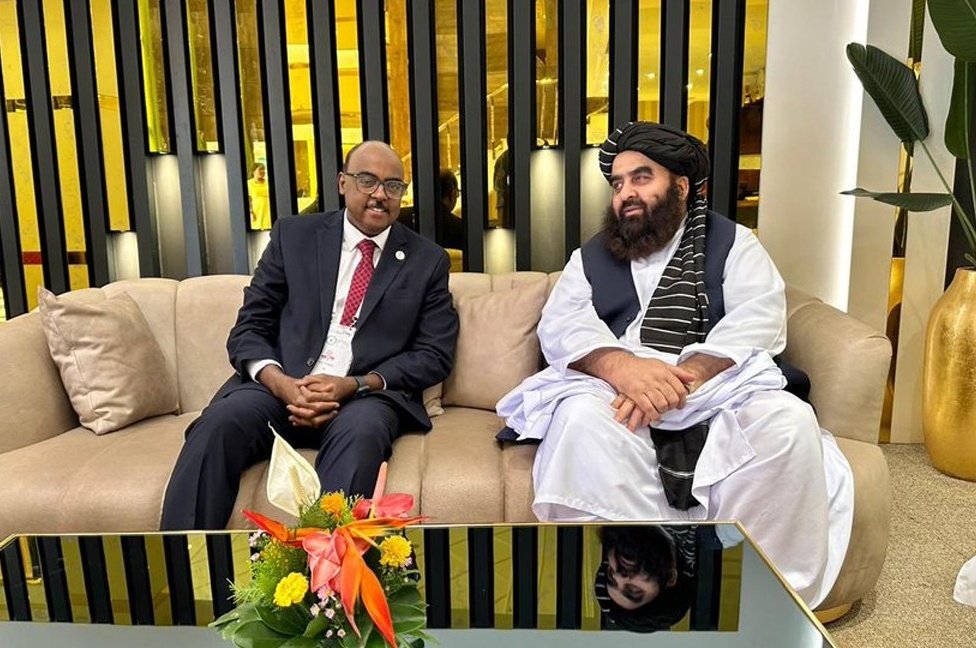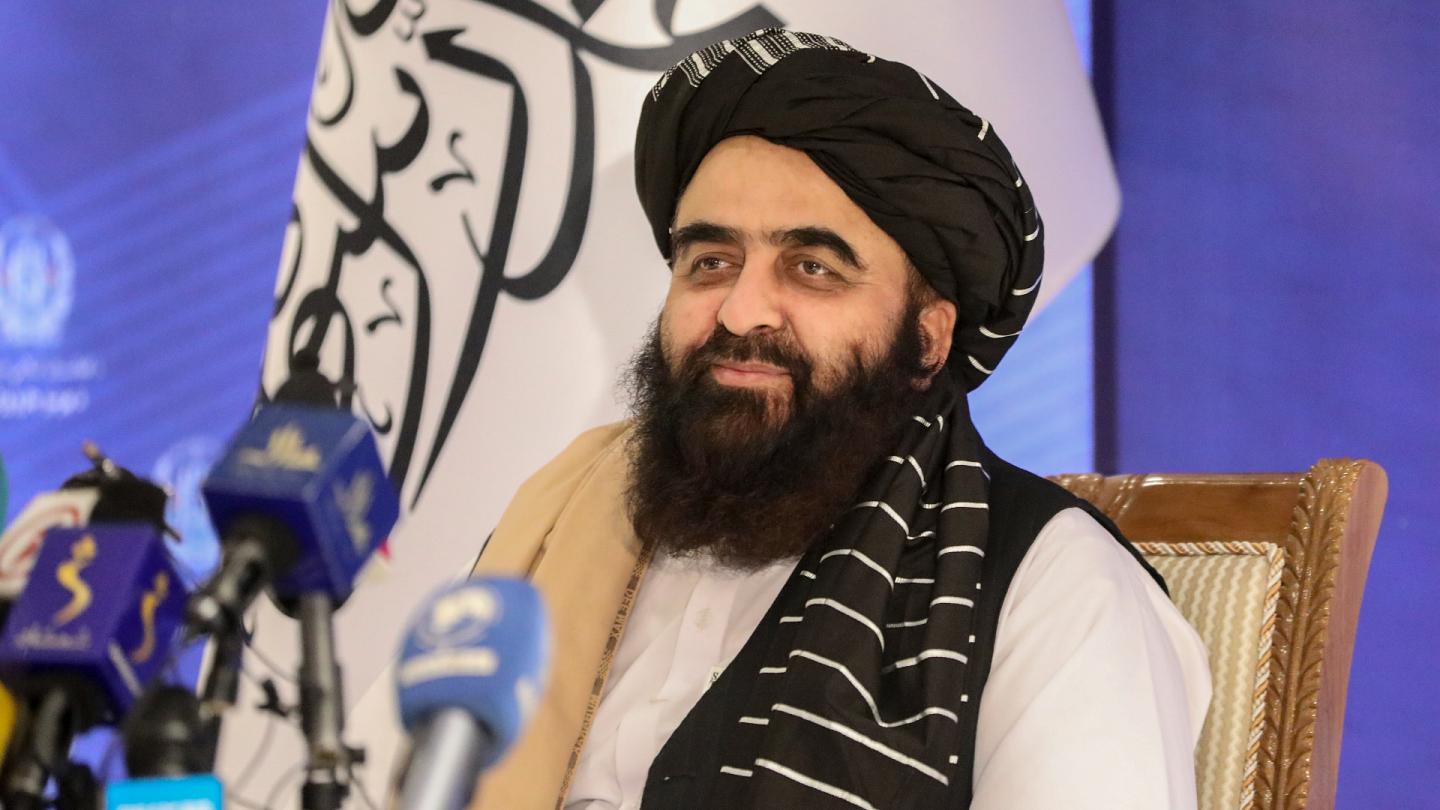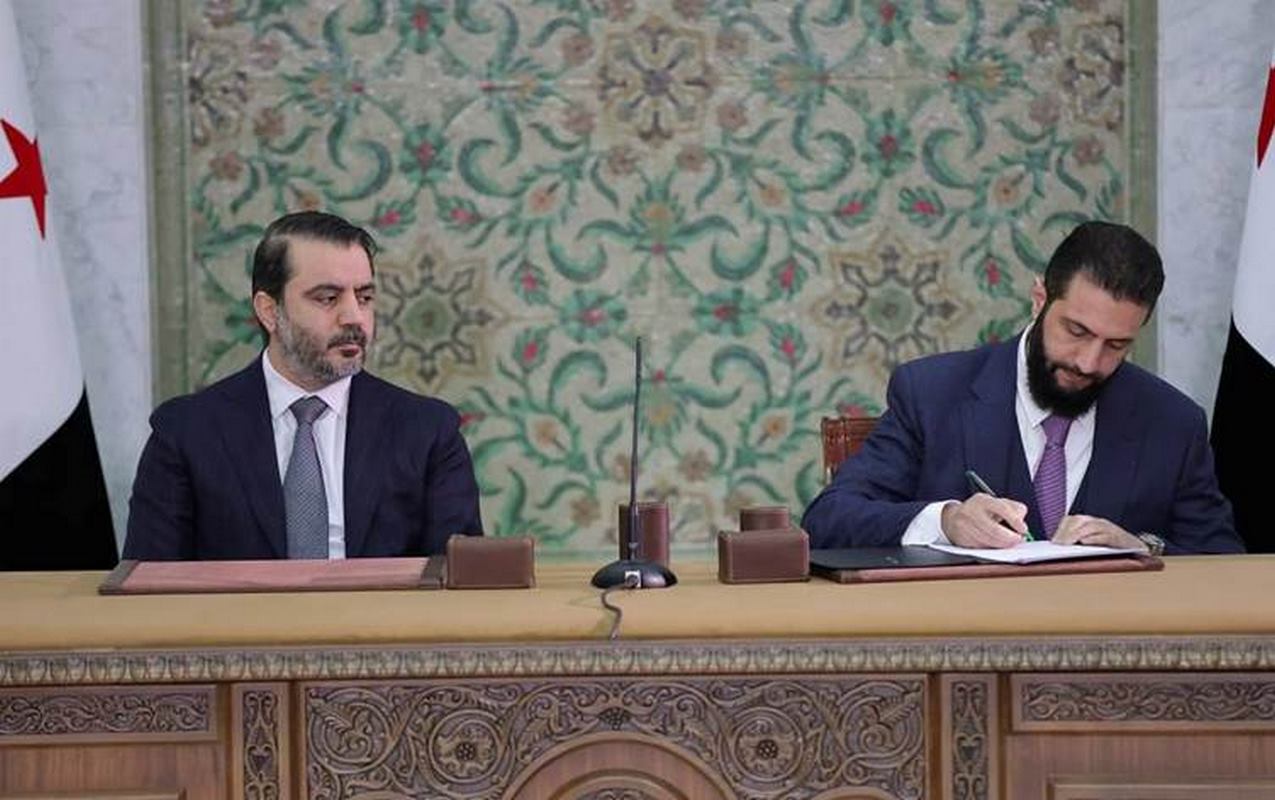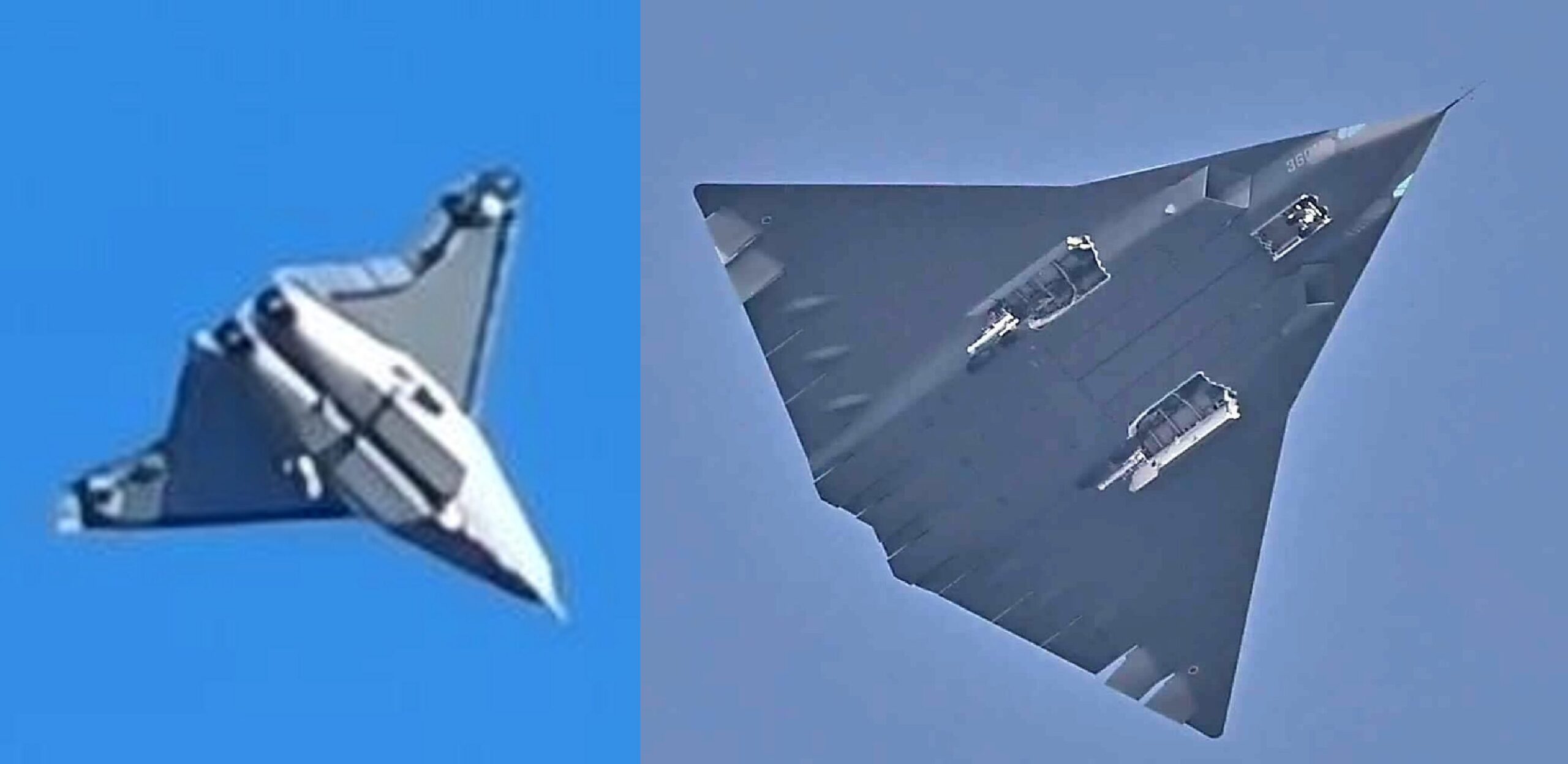Story at a glance…
-
The Taliban recently completed its third year in charge of Afghanistan, marked with successes and crises.
-
Having gained control of 39 embassies and missions worldwide, nations are gradually accepting Taliban rule of the country.
-
Economic and development projects progress in several domains, but malnutrition and starvation linger across most of the country.
Last month saw the 3rd calendar year pass since the Taliban took control of Afghanistan. Three years on, great uncertainty still surrounds the progression of the country and its people out of the corruption and war that have plagued it since the 1980s.
It nevertheless seems to be entering a period of stability rarely seen in the region’s history. That stability can be seen in several key metrics, while others flash red warning of dire social and economic consequences. However, what many publications investigating the recent history of the Taliban’s return to ruling power fail to note is that there’s naught that can be done about it.
The Taliban are in charge. There are no occupiers to keep them at bay shivering in the mountains, and no popular uprising to unseat them, as they were themselves the popular uprising.
There is no country that formally recognizes the Taliban as the legitimate government of Afghanistan, but as China, Russia, Turkiye, UAE, Pakistan, Iran, Uzbekistan, Oman, Qatar, and others begin to trade, open dialogue, and exchange diplomats with the South Asian country, an analyst has to admit that these countries are engaged in what appears at large to be formal recognition.
“By withholding recognition, the US and Europe can potentially incentivize some kind of change pertaining to human rights or governance more broadly, but recognition of the Taliban government is starting to snowball and there might be a miscalculation of the extent to which the Taliban actually needs Western recognition per se,” said Ankit Panda, the editor-at-large at The Diplomat magazine.
A major sea change took place in Turkiye. At the conclusion of the recent Organization of Islamic Cooperation (OIC) in Cameroon, Amir Khan Muttaqi, the acting Foreign Minister of the Taliban government, flew to the Taliban-controlled Afghan embassy in Istanbul for talks with senior diplomats.

“Recently, as you have seen, we have achieved significant gains in the diplomatic arena. The United Arab Emirates accepted our ambassador, Uzbekistan accepted our ambassador, Turkmenistan, and Kazakhstan accepted our chargé d’affaires, and there are other countries where, God willing, we will witness a transformation in the near future”.
That was on September 2nd, and yesterday Muttaqi stated that his department was now in full command of 39 embassies worldwide. In Europe, 14 diplomatic missions have been excommunicated as they were aligned with the previous republican government. He added from Kabul that his ministry had sent dozens of diplomats to 11 countries in the past year, including Turkey, Russia, Iran, and Pakistan.
Kazakhstan and Kyrgyzstan have both removed the Taliban from terrorist lists, and Muttaqi said he expects Russia to do the same “soon”. Even the previously hostile Tajikistan is showing signs of warming to their immediate southern neighbor.
As mentioned by Panda, the Western response, even in the face of the Afghanis’ slow starvation, has been to largely ignore and dismiss.
“The American approach to Afghanistan is, ‘Keep it out of the news, it has been a 20-year embarrassment’… in the UK, the discussion is similar,” an unnamed Western diplomat told the FT. “It’s much easier to sit back and condemn them for being misogynist”.

All the Khan’s men
It’s difficult to understate the scope of infrastructural damage that Afghanistan sustained across the last 20 years. Everything from roads to dams has needed rebuilding, and after an initial jolt driven by foreign aid, there’s been a slowing in the growth of economic productivity. Nevertheless, progress has been made under conditions where violent attacks have severely fallen, and aside from the hand of hunger, death doesn’t stalk the land nearly as freely.
In the past year, 125.7 kilometers of roads have been built in Kabul, a city which, according to Taliban leaders of the municipal corporation of Kabul, was built almost entirely without plan or survey.
Construction on the Herat segment of the Turkmenistan-Afghanistan-Pakistan-India (TAPI) gas pipeline project officially commenced earlier this Month. The Turkmenistan segment is complete, allowing the Afghans to begin assembling it across their territory. A 1,800-kilometer-long fiber optic line, a railway, and a paved road will all be installed simultaneously. The Taliban claim it will bring in $450 million in transit revenue yearly.
The Taliban have also been extremely liberal in international trade and market liberalization. It’s believed that $1 trillion in mining revenue and mineral rights have already been auctioned off to investors from Iran, Turkey, and China, the latter of which also pledged to include Afghanistan in its Belt and Road infrastructure initiative. Kabul International Airport is now operating routine services to and from the UAE after signing an agreement with a firm there to manage it.
The largest infrastructure project is the Qush-Tepa Canal, dreamt of since Soviet times, but which has never been able to be fully initiated because of instability and war. It will bring what is generally recognized to be Afghanistan’s rightful share of the water from the Amu Darya, and irrigate 550,000 hectares of farmland in the north, which if efficiently cultivated would produce a self-sufficient Afghan food system.
As recently as August 2023, workers were operating in teams around the clock to get the canal open, and 100 miles of the total length were already completed, albeit with problems.

Problems remain
Roads, canals, fiber optic lines: these are the veins and arteries of a modern state. To build both takes time, but time isn’t what a lot of Afghans have as international aid money dwindles in the face of newly-emerged crises in Gaza and Sudan.
Afghanistan has conducted $700 million in international trade with Central Asian nations, but with imports totaling $8 billion, she maintains a ghastly trade deficit of 400%.
Humanitarian aid funding reached a peak of $3.8 billion in 2022, fell by half in 2023, and may be on track to halve again this year. The largest source of household income in the country during the previous regime was poppy cultivation for the massive domestic opium and heroin industry. The Taliban outlawed it, forcing millions out of work and removing 8% of GDP from the national economy.
The World Bank projects limited growth in the coming years, but a rather significant feature of the current Afghan economy—massive deflation—is mistakenly treated as a negative due to the false association of falling prices with falling demand.
The biggest danger and tragedy the country faces now is acute malnutrition which routinely reaches into the thousands of recorded cases every year (link contains disturbing images). UNICEF reported in August that nearly 2.9 million children in Afghanistan will face acute malnutrition this year, with over 850,000 of them requiring treatment.
“From the beginning of 2024 until now, 358,000 children have been registered with severe malnutrition, while 185,000 moderate malnutrition cases have been registered and treated,” Sharafat Zaman Amarkhil, the spokesperson for the Ministry of Public Health, told TOLOnews.
Nothing could be more damaging to the growth of a nation than the stunting of a whole generation of children. $330 million in aid money was recently delivered from the US and UK, which the Taliban said will be enough to provide emergency food assistance to around 1.2 million Afghans. However, director of the Norwegian Refugee Council for Afghanistan, Neil Turner, says that 23 million people are in need of aid of some kind. WaL
We Humbly Ask For Your Support—Follow the link here to see all the ways, monetary and non-monetary.
PICTURED ABOVE: The Taliban Foreign Minister Maulvi Amir Khan Muttaqi. PC: alemarahenglish.af



